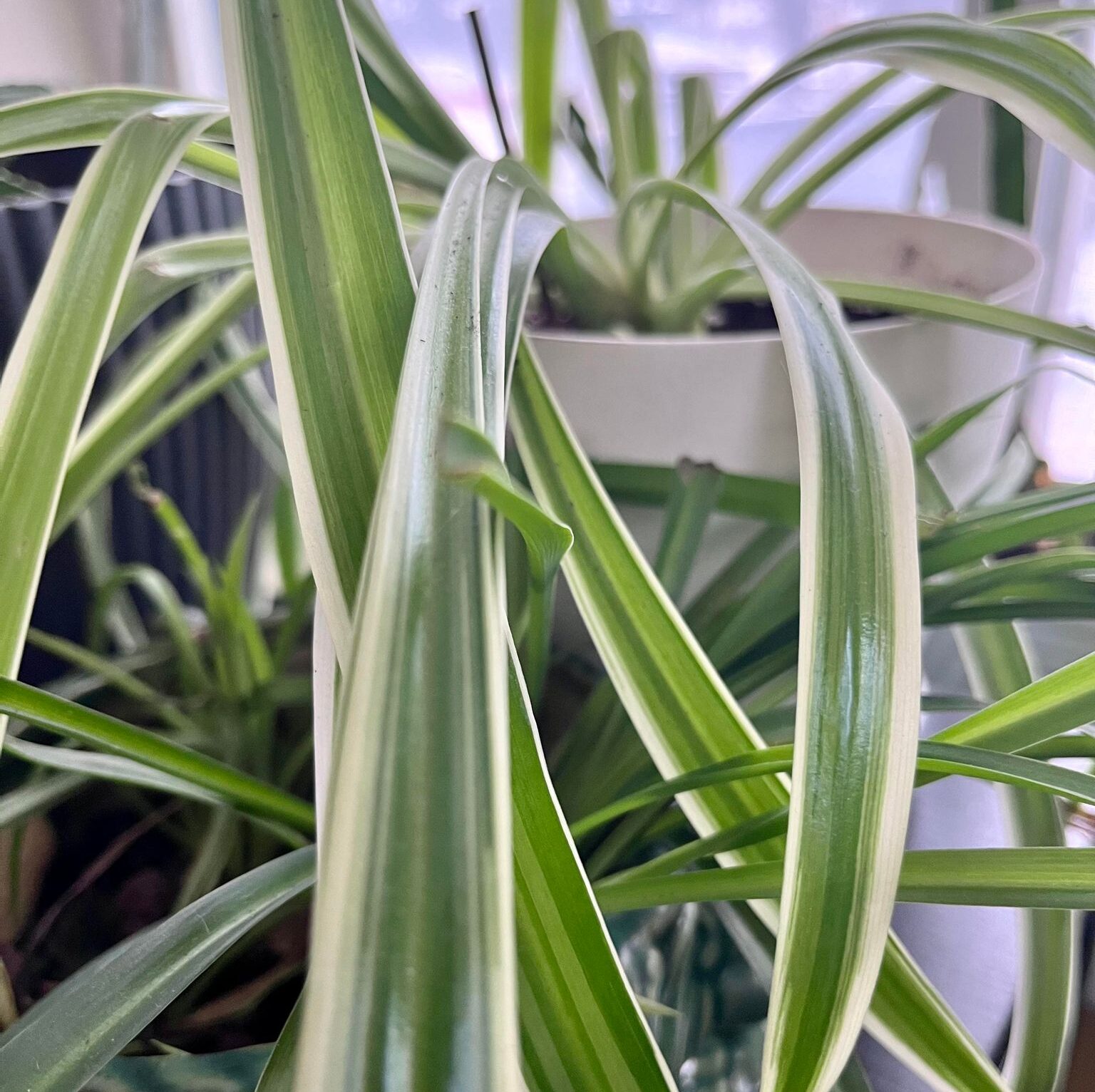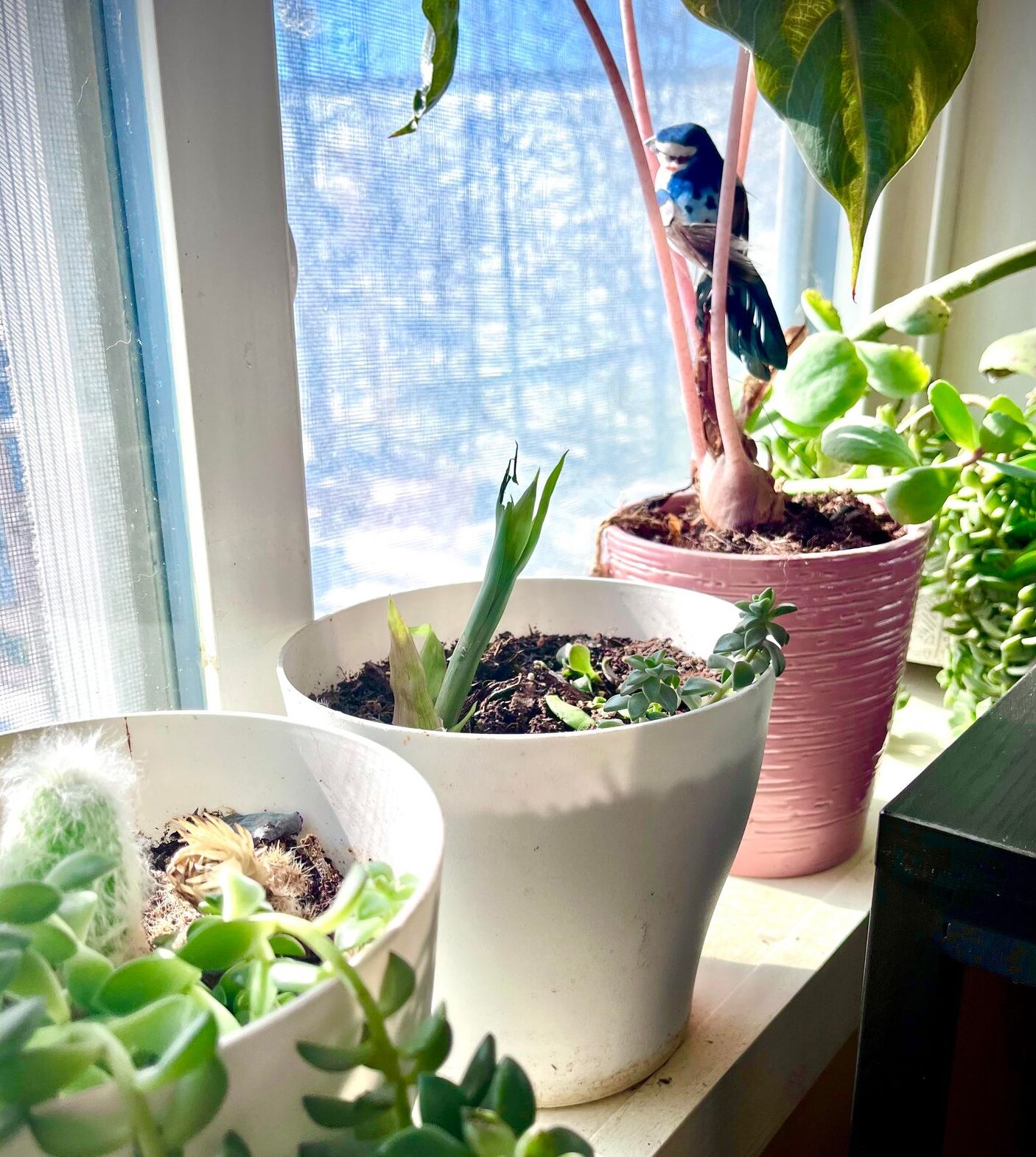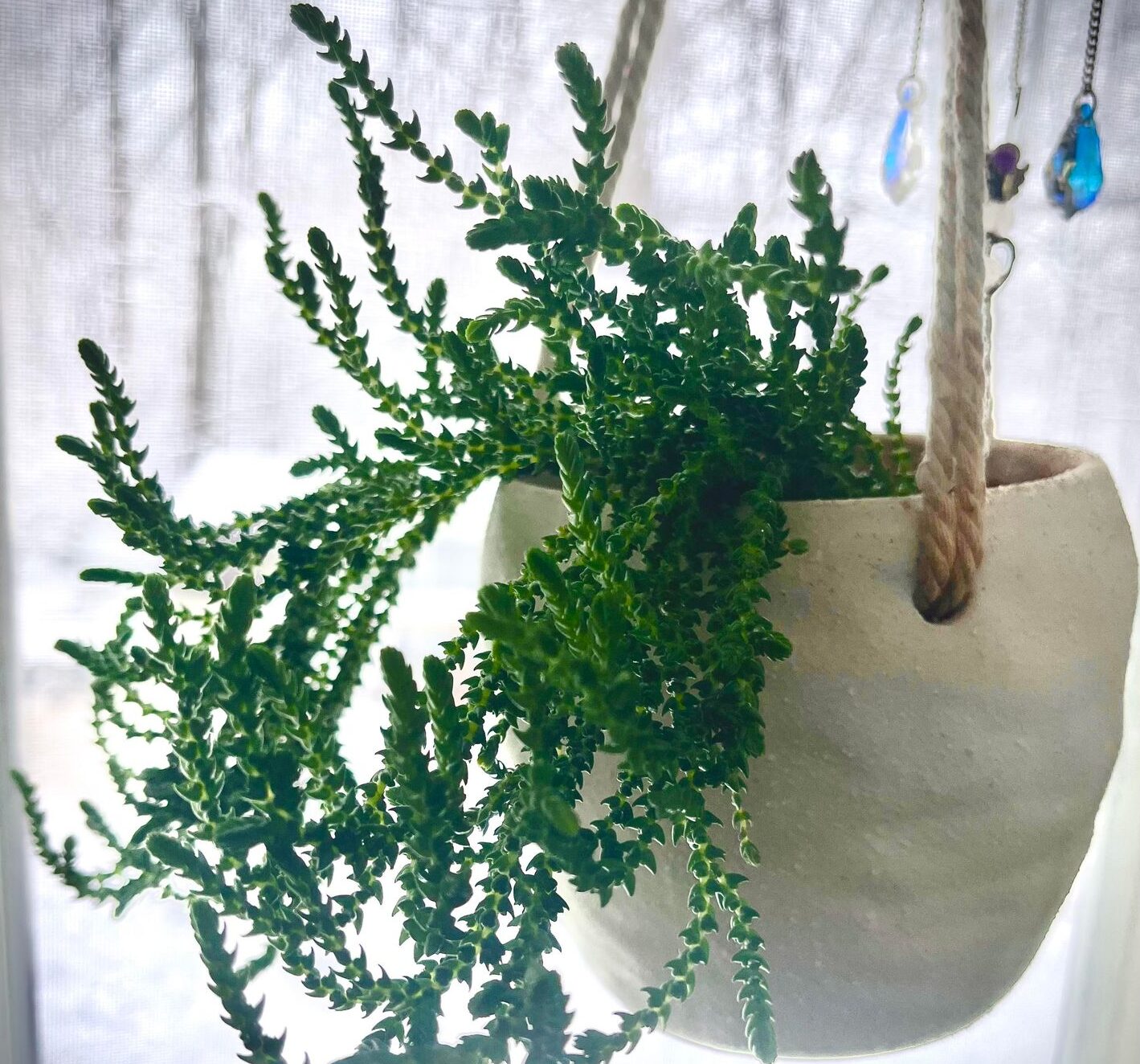
Nasa’s Clean Air Study: Plants that purify the air according to NASA
Plants that purify the air according to NASA
Welcome to a world where nature meets science, and the air we breathe is transformed by the green companions that grace our indoor spaces. In this exploration, we delve into the enlightening realms of NASA’s Clean Air Study, a pioneering endeavor by the National Aeronautics and Space Administration (NASA). Uncover the significance of optimal indoor air quality and the transformative power of air-purifying plants as we journey through the insights presented by NASA’s groundbreaking research. Join us on this odyssey into the heart of healthier living spaces, where the synergy between plants and air purification takes center stage.
Brief Overview of NASA’s Clean Air Study
In recent years, the profound insights from NASA’s Clean Air Study have illuminated the potential of indoor environments to foster well-being. This pioneering research, conducted by the National Aeronautics and Space Administration (NASA), delves into the symbiotic relationship between plants and air purification. Understanding the findings of this study is crucial for creating spaces that prioritize both aesthetics and the enhancement of indoor air quality.
Importance of Indoor Air Quality
The significance of optimal indoor air quality cannot be overstated, influencing our daily lives and overall health. In the wake of NASA’s exploration of air-purifying plants, there is a growing awareness of how these natural elements can serve as allies in our quest for healthier living spaces. This exploration goes beyond aesthetics, offering tangible solutions to improve the air we breathe and consequently enhance our well-being.
Connection Between Plants and Air Purification
At the core of NASA’s groundbreaking research is the profound connection between plants and air purification. Recognizing this intricate relationship enables us to unlock the potential of nature’s air purifiers, transforming our indoor spaces into havens of health and vitality. Let’s embark on a journey into the world of indoor plant care, exploring the wonders these green companions bring and their role in improving indoor air quality.
NASA’s Clean Air Study
Overview of NASA’s Research
The all-encompassing nature of NASA’s Clean Air Study takes us on a captivating journey into the realms of scientific inquiry and ecological wisdom. Carried out by the venerable National Aeronautics and Space Administration (NASA), this research scrutinizes the inherent capabilities of plants to act as natural air purifiers. Offering a detailed panorama of insights, the Clean Air Study unfolds the potential for harmonizing nature and indoor living, illustrating how plants can be instrumental in fostering atmospheres of well-being.
Key Findings on Air-Purifying Plants
Illuminating the scientific landscape are the pivotal discoveries within NASA’s research concerning air-purifying plants. These findings pinpoint specific plant varieties renowned for their exceptional ability to eliminate harmful pollutants from the air we breathe. By delving into these key findings, we gain a nuanced understanding of plant selection, empowering us to curate indoor spaces that boast both visual appeal and optimal indoor air quality.
Significance for Indoor Environments
The implications of NASA’s research reverberate beyond the confines of laboratories, reaching into the very fabric of our daily lives and indoor environments. The study’s findings hold profound significance for indoor environments, as they provide a blueprint for crafting spaces that prioritize the health and well-being of their inhabitants. By acknowledging and incorporating the insights gleaned from NASA’s research, we embark on a journey towards spaces that not only captivate with their aesthetics but also contribute to a lifestyle underscored by a commitment to health and vitality.
Top Air-Purifying Plants
Introduction to NASA-Recommended Plants
Embarking on a verdant journey guided by the discerning insights of NASA’s Clean Air Study, we immerse ourselves in the lush world of plants endorsed for their exceptional air-purifying capabilities. These botanical champions, carefully curated by the esteemed National Aeronautics and Space Administration (NASA), stand as living testimonials to the power of nature in enhancing our indoor environments. Let’s acquaint ourselves with these NASA-recommended plants, understanding not only their aesthetic allure but also their invaluable role in cultivating superior indoor air quality.
Among the distinguished plants favored by NASA, the Spider Plant (Chlorophytum comosum) emerges as a resilient guardian against pollutants. Renowned for its ability to combat common airborne toxins, including formaldehyde and benzene, the Spider Plant graces our indoor spaces with its arching leaves, creating a visual spectacle while silently purifying the air we breathe.
The Peace Lily (Spathiphyllum spp.) stands as an elegant emissary of serenity, known for its prowess in eliminating indoor pollutants such as ammonia, benzene, and formaldehyde. Its striking white blooms not only add a touch of sophistication to our living spaces but also contribute to a healthier, more harmonious indoor atmosphere.
NASA’s endorsement extends to the vibrant Boston Fern (Nephrolepis exaltata), a lush green ally in the battle against indoor pollutants. This fern excels in removing pollutants like formaldehyde and xylene, creating a refreshing ambiance in homes and offices alike.
The robust Aloe Vera (Aloe barbadensis miller), a popular succulent, finds its place in NASA’s list, recognized for its air-purifying abilities and its potential to combat pollutants like benzene and formaldehyde. Beyond its purifying qualities, Aloe Vera offers soothing properties, making it a versatile and beneficial addition to indoor spaces.
Exploring these NASA-recommended plants not only adds a touch of nature’s elegance to our surroundings but also aligns us with the mission to create healthier living environments. As we welcome these green companions into our indoor landscapes, we embrace the beauty of their botanical diversity and reap the rewards of improved indoor air quality.
Benefits of Indoor Plants
Beyond their botanical elegance, the NASA-recommended plants extend an array of benefits that transcend the visual appeal of indoor greenery. Acting as stalwart guardians, these plants actively contribute to the improvement of indoor air quality, serving as natural filters for airborne pollutants. In addition to their air-purifying capabilities, these green companions play a vital role in enhancing overall well-being. They have been scientifically proven to elevate mood, reduce stress, and foster a connection with nature that resonates throughout our living and working spaces. By inviting these plants into our indoor landscapes, we not only embellish our surroundings but also cultivate an atmosphere conducive to both physical health and mental harmony.
Popular Varieties for Air Purification
Delving into the vast tapestry of indoor plant care, we explore popular varieties that have emerged as frontrunners in the quest for cleaner air. These celebrated choices, endorsed by NASA’s Clean Air Study, encompass a diverse spectrum, ranging from the resilient Spider Plant to the elegant Peace Lily. Each variety brings its unique charm, making it accessible for plant enthusiasts with different preferences and skill levels. By embracing these popular choices, we actively contribute to the ongoing improvement of indoor air quality while simultaneously elevating the visual allure of our indoor spaces. As we cultivate these green companions, we forge a connection with nature that goes beyond aesthetics, fostering an environment that resonates with vitality and well-being.
How Plants Purify the Air
Explanation of Plant Mechanisms
In this enlightening exploration, we uncover the sophisticated mechanisms employed by plants as nature’s air purifiers. Beyond their visual charm, plants are dynamic filters, utilizing various physiological processes to cleanse the air within our indoor spaces. Through a complex interplay of roots, leaves, and microorganisms, these green companions adeptly remove pollutants, such as benzene and formaldehyde, from the air. Understanding these intricate mechanisms provides us with a deeper appreciation for the silent yet powerful role that plants play in enhancing indoor air quality.
Role of Photosynthesis
Central to the captivating world of plant-powered air purification is the fundamental process of photosynthesis. Delving into this botanical marvel, we unravel the pivotal role it plays in the plant’s ability to absorb carbon dioxide and release life-enabling oxygen. As sunlight dances on leaves, plants not only filter out harmful pollutants but also contribute to the creation of a healthier indoor environment by replenishing the air with essential oxygen. This symbiotic relationship between plants and the air elucidates the profound impact of photosynthesis on our quest for superior indoor air quality.
Impact on Indoor Environments
Beyond the scientific intricacies, we explore the tangible impact on indoor environments when plants become integral to air purification. As plants diligently remove pollutants, they foster an atmosphere that transcends the conventional notions of interior design. Indoor spaces, once static, transform into dynamic sanctuaries of well-being. The impact extends beyond aesthetics, as the introduction of plants becomes synonymous with a commitment to a healthier lifestyle. This exploration invites us to view plants not merely as decorative elements but as dynamic contributors to the creation of environments that harmonize visual appeal with the enhancement of indoor air quality.
Recommended Indoor Plants
- Spider Plant (Chlorophytum comosum) The Spider Plant, endorsed by NASA’s Clean Air Study, is a resilient and visually appealing choice for indoor spaces. With arching leaves resembling spider legs, this plant efficiently filters common indoor pollutants such as formaldehyde and benzene. Its adaptability and low maintenance make it an ideal companion for those seeking a natural air purifier with a touch of elegance.
- Peace Lily (Spathiphyllum spp.) The Peace Lily, graced with striking white blooms, stands as an elegant emissary of serenity. Acknowledged by NASA, it excels in eliminating indoor pollutants like ammonia, benzene, and formaldehyde. Beyond its air-purifying qualities, the Peace Lily adds sophistication to indoor spaces, making it a versatile choice for those who value both aesthetic appeal and the enhancement of indoor air quality.
- Boston Fern (Nephrolepis exaltata) The vibrant Boston Fern, endorsed by NASA, is a lush green ally in the battle against indoor pollutants. With its feathery fronds, this fern excels in removing contaminants such as formaldehyde and xylene. A visual delight and an efficient air purifier, the Boston Fern adds a refreshing touch to homes and offices alike.
- Aloe Vera (Aloe barbadensis miller) Recognized by NASA for its air-purifying abilities, the Aloe Vera plant is a popular succulent known for more than just its aesthetic appeal. Efficient at combatting pollutants like benzene and formaldehyde, Aloe Vera also offers soothing properties. Its versatility makes it a dynamic addition to indoor spaces, contributing not only to indoor air quality but also to personal well-being.
Each of these NASA-recommended plants goes beyond being mere decorations, offering a blend of beauty and functionality. These living allies contribute to the creation of healthier indoor environments, where the air is purified, and the ambiance reflects a commitment to both visual appeal and overall well-being.
Conclusion
In concluding our journey through the realms of NASA’s Clean Air Study and the wonders of indoor plants, we find ourselves standing at the intersection of science and nature. The profound insights gleaned from this research underscore the pivotal role played by specific air-purifying plants in cultivating healthier indoor environments. By incorporating NASA’s recommendations into our living spaces, we embark on a transformative path toward optimal indoor air quality.
As we marvel at the beauty of NASA-recommended plants, we recognize their dynamic contribution to our well-being. Beyond their aesthetic allure, these green companions actively engage in the intricate mechanisms of air purification, creating indoor sanctuaries free from harmful pollutants. The fundamental process of photosynthesis emerges as the lifeblood of this botanical partnership, where plants not only filter the air but also enrich it with life-sustaining oxygen.
The tangible impact on indoor environments is evident as our living spaces evolve into vibrant havens of health and vitality. Plants, once mere decorations, become dynamic contributors to the creation of atmospheres that prioritize both aesthetic appeal and the enhancement of indoor air quality. This holistic approach not only elevates the visual aesthetics of our surroundings but also fosters a connection with nature that resonates with well-being.
In embracing the lessons from NASA’s research, we unlock the potential of our indoor spaces to be more than just functional areas – they become reflections of our commitment to a healthier lifestyle. The integration of air-purifying plants into our daily lives transforms indoor spaces into flourishing ecosystems, where the symbiotic relationship between nature and science harmoniously coexists. As we breathe in the purified air, we are reminded that, with the guidance of NASA’s findings, our indoor environments can truly be a breath of fresh, revitalizing air.
Search
Popular Posts
-
Self-Watering Planters: Low-Maintenance Solutions for Busy Plant Parents
Self-Watering Planters In our fast-paced lives, plant enthusiasts, often referred to as “busy plant parents,” grapple with the challenge of providing optimal care to their indoor green companions. The act of watering, a crucial aspect of indoor plant care, becomes a daunting task when time is a luxury. Enter the game-changer: self-watering planters. These innovative…
-
Watch Chain Crassula Muscosa Care and Propagation Guide
Watch Chain Crassula Muscosa Indoor plants bring a special kind of joy to our homes. They add a touch of nature, making our living spaces more peaceful. I love watching each leaf grow and seeing how strong each stem can be. Today, let’s dive into the world of indoor succulents, focusing on a cool one…
Categories
Archives
Tags
air-purifying plants (2) Aloe Vera plant (1) botanical haven (1) busy plant parents (1) Carnivero collection (1) Carnivero Tropical Pitcher Plant (1) carnivorous plants (2) gardening advice (1) gardening tips (3) growing succulents (1) Houseplant care (2) houseplants (3) impact on indoor environments (1) indoor air quality (1) indoor gardening (5) Indoor plant care (3) indoor plant enthusiasts (1) indoor plants (1) indoor succulents (1) low-maintenance solutions (1) maintaining planters (1) nasa's clean air study (1) neon pothos care (1) neon pothos plant (1) Nepenthes care (1) photosynthesis (1) pitcher plant care (1) pitcher plant cultivation (1) plant care (3) planters on amazon (1) plant maintenance (1) plant mechanisms (1) plant parenting (2) plant propagation (4) propagating succulents (1) self-watering planters (1) Succulent care (3) succulent family (1) succulent haven (1) succulent identification (1) succulent tips (1) top-rated products (1) tropical pitcher plant (1) tropical plants (1) watch chain crassula (1)






Leave a Reply